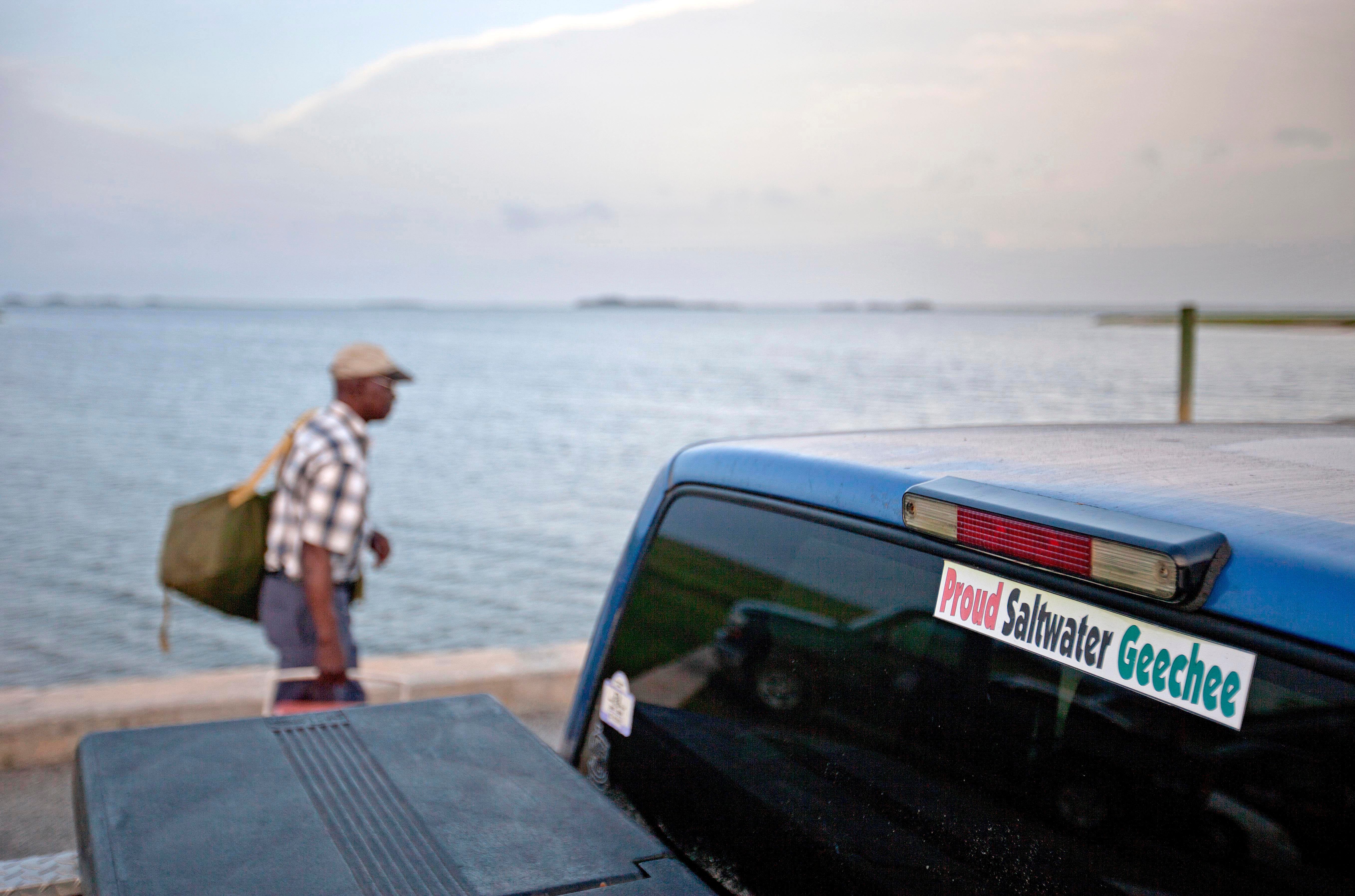Slave descendants face local vote on whether wealthy can build large homes in their island enclave
Descendants of enslaved people living on a Georgia island are watching anxiously as county commissioners consider doubling the size of homes allowed in their tiny community

Your support helps us to tell the story
From reproductive rights to climate change to Big Tech, The Independent is on the ground when the story is developing. Whether it's investigating the financials of Elon Musk's pro-Trump PAC or producing our latest documentary, 'The A Word', which shines a light on the American women fighting for reproductive rights, we know how important it is to parse out the facts from the messaging.
At such a critical moment in US history, we need reporters on the ground. Your donation allows us to keep sending journalists to speak to both sides of the story.
The Independent is trusted by Americans across the entire political spectrum. And unlike many other quality news outlets, we choose not to lock Americans out of our reporting and analysis with paywalls. We believe quality journalism should be available to everyone, paid for by those who can afford it.
Your support makes all the difference.Descendants of enslaved people living on a Georgia island are watching anxiously Monday evening as county commissioners consider doubling the maximum size of houses that can be built in their tiny community of modest homes and dirt roads.
Black residents of the Hogg Hummock community on Sapelo Island sat mostly silent as McIntosh County commissioners scheduled a Tuesday vote on the proposal. The commission's only Black member implored the others to reject the zoning changes, saying they would favor wealthy buyers and lead to tax increases that would pressure indigenous residents to sell their land.
“This plan will be be a giant step in the destruction of the culture of Hogg Hummock,” said Commissioner Roger Lotson, whose district includes Sapelo Island. “It may be inevitable, but let us not be the board that drives the nail in this coffin.”
The zoning plan before commissioners would loosen zoning restrictions adopted nearly three decades ago to help Hogg Hummock's 30 to 50 residents hold onto their land. It's one of just a few surviving communities in the South of people known as Gullah, or Geechee in Georgia, whose ancestors worked island slave plantations.
“People are already selling off land because they don’t want to pay high taxes," said JR Grovner, who was born and raised on Sapelo Island and gives guided tours there for visitors. "Older people aren't going to be able to afford higher taxes.”
Located about 60 miles (95 kilometers) south of Savannah, Sapelo Island remains separated from the mainland and reachable only by boat. Since 1976, the state of Georgia has owned most of its 30 square miles (78 square kilometers) of largely unspoiled wilderness. Hogg Hummock, also known as Hog Hammock, sits on less than a square mile.
Gullah-Geechee communities are scattered along the Southeast coast from North Carolina to Florida, where they have endured since their enslaved ancestors were freed by the Civil War. Scholars say these people long separated from the mainland retained much of their African heritage — from their unique dialect to skills and crafts such as cast-net fishing and weaving baskets.
Hogg Hummock's population has been shrinking in recent decades, and some families have sold their land to outsiders who built vacation homes. In 2012, dozens of Hogg Hummock residents and landowners appealed tax increases caused by soaring property values. County officials rolled back most of them.
But new construction has also caused tension over how large those homes can be.
The current county ordinance limits homes in Hogg Hummock to 1,400 square feet (130 square meters) of heated and air-conditioned space.
Residents were caught off guard Aug. 16 when county officials unveiled a proposal to remove the size limit altogether. As they crammed the Monday meeting wearing stickers that read “Keep Sapelo Geechee,” the commission proposed a new size limit of 3,000 square feet (278 square meters) of total enclosed space.
“I've had numerous people reach out to me with the argument that 1,400 square feet is not large enough,” Commission Chairman David Stevens said.
County officials also argue that limiting size by heated and cooled space has proven impossible to enforce. County attorney Adam Poppell said more than a dozen complaints have been made about homes in Hogg Hummock violating the rules, but some property owners have refused to open their doors to inspectors.
Hogg Hummock earned a place in 1996 on the National Register of Historic Places, the official list of America’s treasured historic sites. But for protections to preserve the community, residents depend on the local government in McIntosh County, where 65% of the 11,100 residents are white.
The proposed zoning changes also would have erased language that recognizes Hogg Hummock as a unique and historic place with an indigenous population worthy of special protection. But Stevens told commissioners they would have a vote Tuesday to restore that wording.
Some residents question the timing of the proposed changes. Just last year McIntosh County settled a federal lawsuit that residents filed in 2015 over the island’s lack of services such as firefighters and trash collection. McIntosh County settled last year, agreeing to provide improved emergency services and road maintenance. Some residents had their property taxes frozen through 2025.